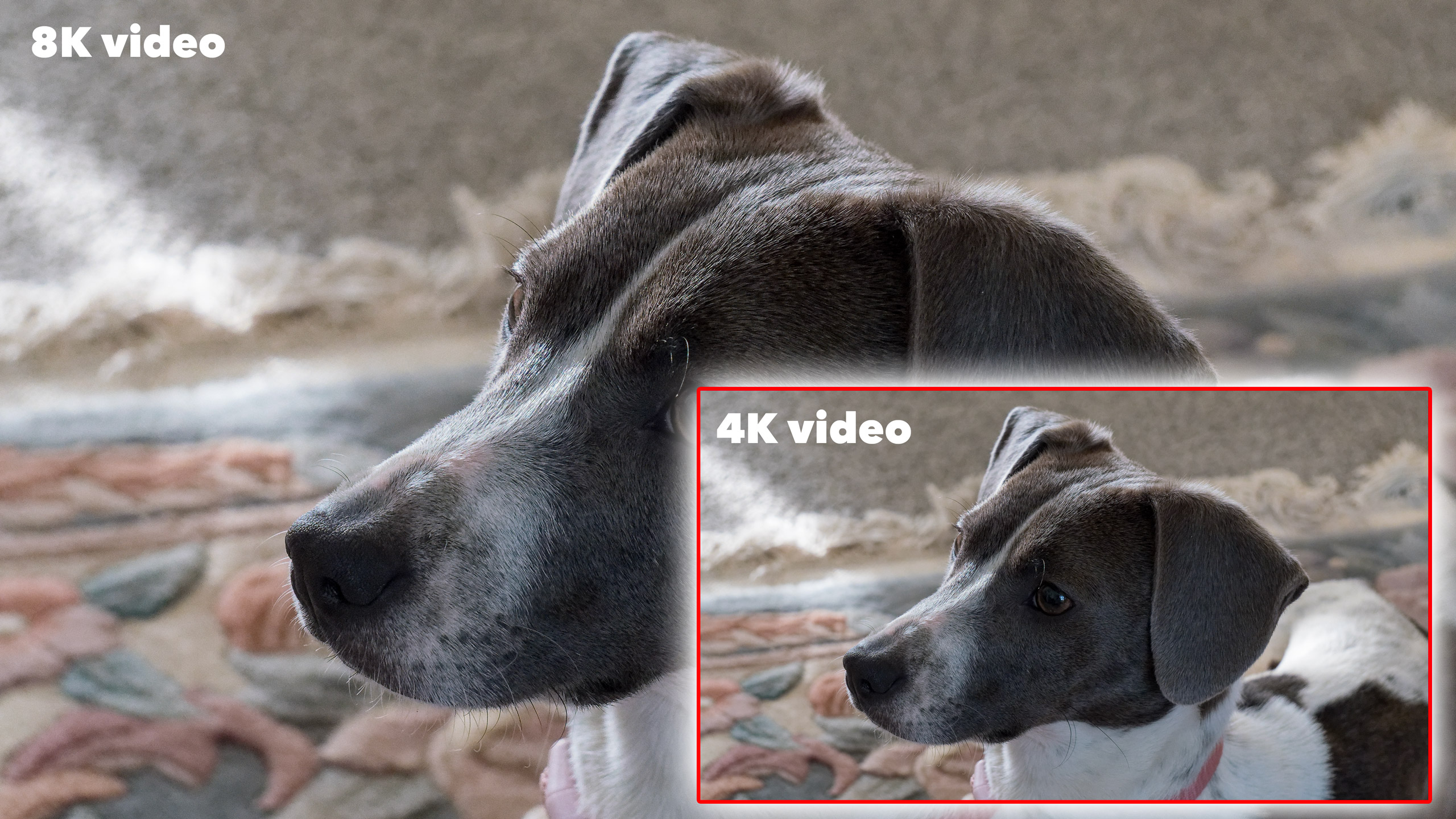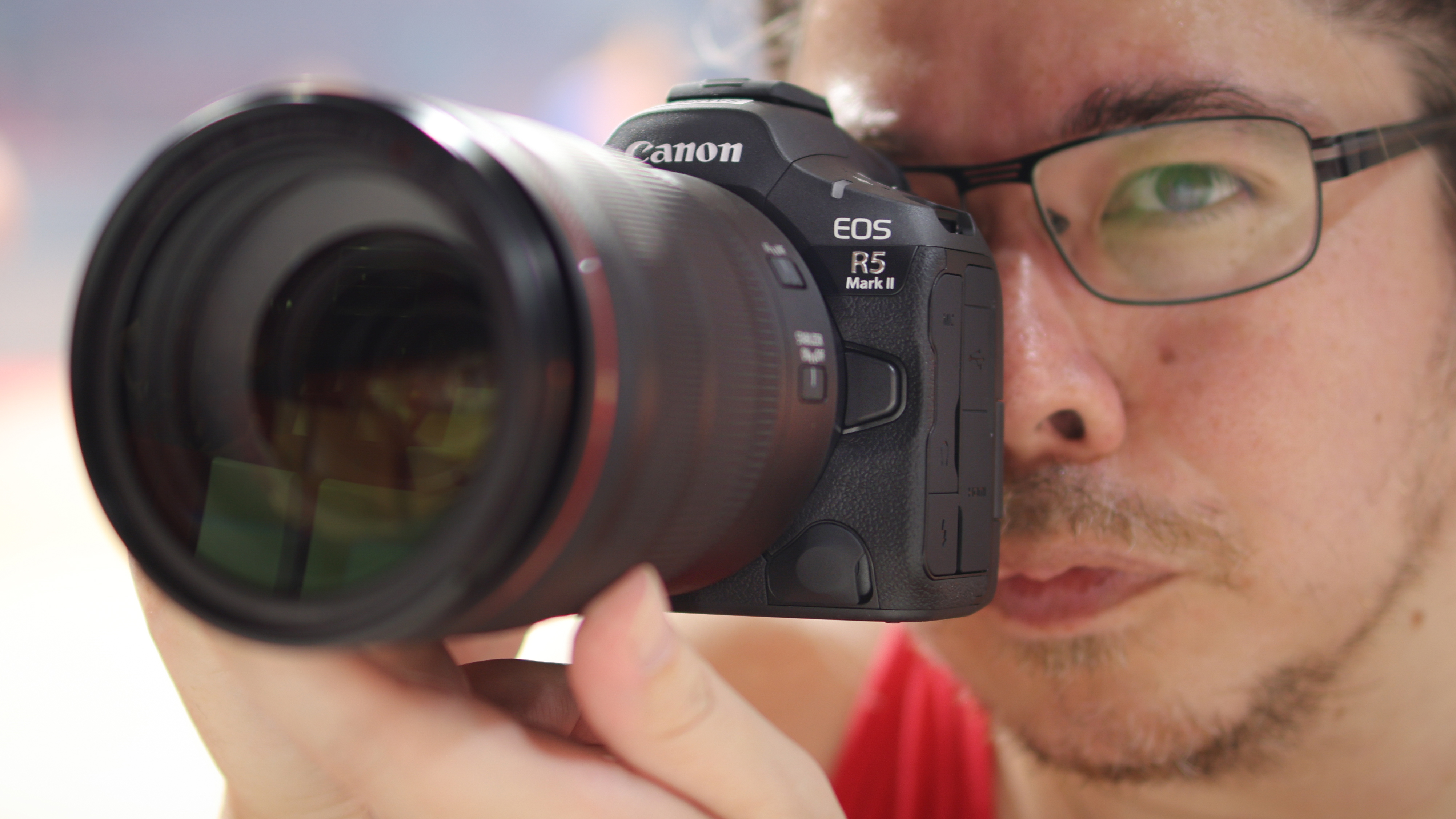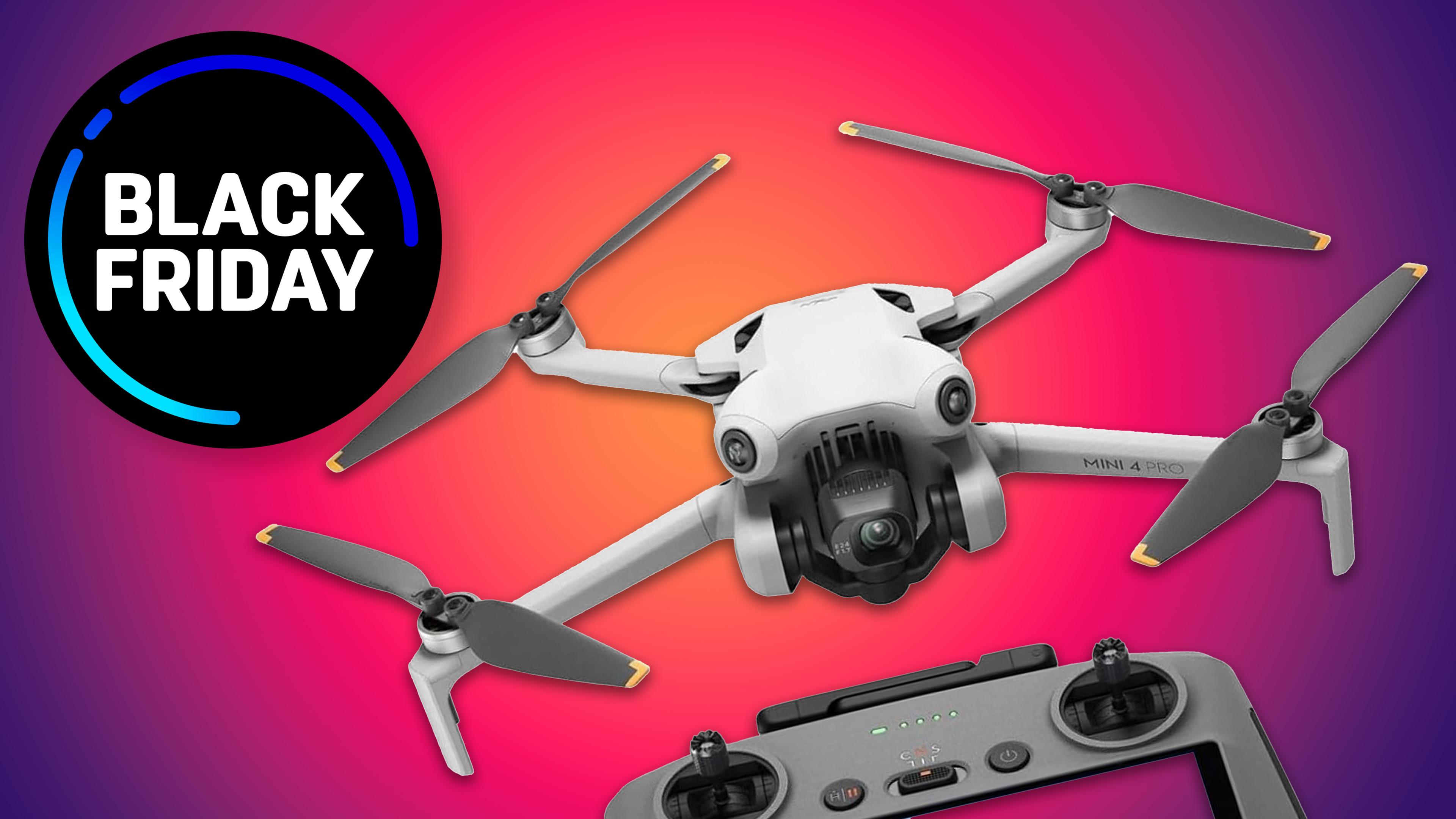8K vs 4K: Why more resolution isn't always better
8K vs 4K isn’t just about resolution, it’s about budget, practicality and what screens audiences are using

A technical explanation of 8K vs 4K is actually quite easy to get out of the way. These days, video resolution is described in terms of the width of the video frame in pixels. 4K video is approximately 4000 pixels wide, while 8K video is approximately 8000 pixels wide. There are some small variations, but that’s about as complicated as it gets.
What this means is that 8K video is twice the width and height of 4K video, so that’s a lot more resolution. As such, it's easy to assume, given the choice, that 8K video is the way to go. But the picture isn’t as clear as it looks (sorry, couldn’t resist). You see, 4K video isn't an old standard that’s going to be superseded by 8K video as a matter of course. Right now, 8K video capture means a major escalation in hardware requirements, not just for cameras but for storage and processing power when editing, too.
But that’s not the only reason why 8K video hasn’t become the go-to video resolution for filmmakers. While 8K capture is relatively easy – given the right camera and enough storage space – 8K video distribution is more problematic. After all, who has an 8K TV or monitor to enjoy the content? And since most content is shared digitally on smaller screens, it’s possible that 8K will never become a usable everyday standard.
8K video does have some technical advantages for high-end cinematography, archival footage and perhaps more scope for cropping and panning while editing, but it’s by no means as widely supported as 4K. And let’s not forget that 4K video is itself extremely sharp and detailed. If you have a 4K monitor or a 4K TV, you’ll already know what kind of quality 4K delivers.
Let’s not forget that even 4K video isn’t always needed. If you watch videos on a mobile device, then 2K video (or Full HD/1080p video) is fine. For most people running a YouTube channel or sharing videos on social channels, 2K is probably fine, 4K might be nice but 8K would be overkill.
With all that said, some filmmakers choose to film in 8K, even if the end product will be in 4K. For example, you might shoot in 8K so you can crop into the footage in post and not dip below 4K or you might shoot in 8K only to downsample to 4K in a bid to achieve better image quality.
8K vs 4K cameras: Which one should I get?
Some of the best mirrorless cameras and the best hybrid cameras can now shoot 8K video, but it comes at a cost – very literally in financial terms, but also in performance, features, and flexibility.
The best camera deals, reviews, product advice, and unmissable photography news, direct to your inbox!
To capture 8K video, you need a sensor of at least 40MP in resolution. This ties in quite nicely with the latest generation of high-resolution cameras, so you get high-resolution stills and high-resolution 8K video in one camera.
But if what you actually need is 4K video, then a lower-resolution 24MP camera (for example) will work better, usually with a wider choice of framerates and recording options and perhaps longer recording times without overheating. You will be paying less for a camera that’s actually better for 4K video. In fact, many of the best hybrid cameras are more affordable 24MP models. Many can also shoot 6K video, which is halfway towards 8K and itself offers lots of scope for cropping when editing.
If you definitely need 8K video capture, then an 8K camera is the way to go. If you just think you might need it in the future, though, and you’re just trying to get ahead of the game, then you may just be overcomplicating your life and overspending.
My advice? Wait until you definitely do need 8K video. That time might never come, but if it does, you can be sure that the 8K cameras available then will be way better and cheaper than they are right now.
You might also like...
Now you know the difference between 8K vs 4K, make sure you know the difference between 4K vs 1080p, and why you may want to shoot both. Also, check out the best camera for video and the best 4K monitor.

Rod is an independent photography journalist and editor, and a long-standing Digital Camera World contributor, having previously worked as DCW's Group Reviews editor. Before that he has been technique editor on N-Photo, Head of Testing for the photography division and Camera Channel editor on TechRadar, as well as contributing to many other publications. He has been writing about photography technique, photo editing and digital cameras since they first appeared, and before that began his career writing about film photography. He has used and reviewed practically every interchangeable lens camera launched in the past 20 years, from entry-level DSLRs to medium format cameras, together with lenses, tripods, gimbals, light meters, camera bags and more. Rod has his own camera gear blog at fotovolo.com but also writes about photo-editing applications and techniques at lifeafterphotoshop.com
- Mike HarrisHow To Editor
You must confirm your public display name before commenting
Please logout and then login again, you will then be prompted to enter your display name.


